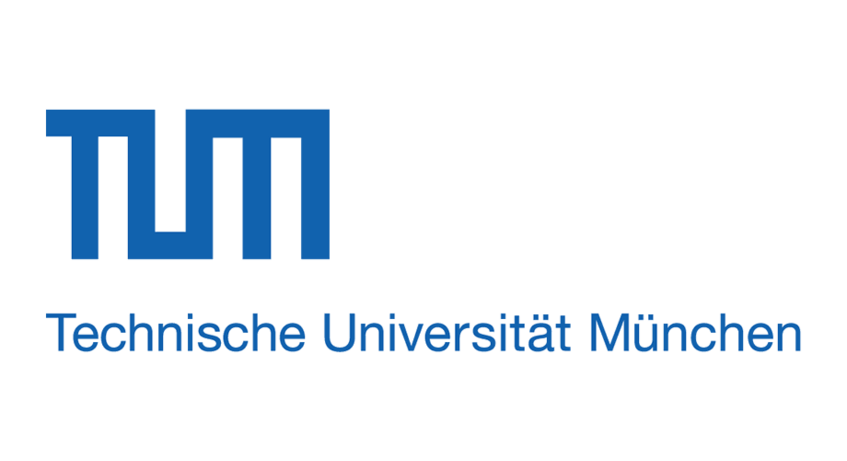The Museum Gaze
Empowering Mobile Eye Tracking to Investigate Viewing Behaviour in Relation to Painting and Sculpture in Different Exhibition Displays

Photos: Department of Art History, Armin Plankensteiner
FWF/DFG International Project (2022 - 2026)
Raphael Rosenberg (PI), Luise Reitstätter (PI), Enkelejda Kasneci (PI)
Seda Pesen, Enkeleda Thaqi
Flora Bakondi, Kimberly Fetko, Laura Lehni
In the art museum attention is focused through the eye. In order to understand “the museum gaze”, it is crucial to analyse visitors’ mostly unconscious eye movements in relation to their self-reports. Recent technical advances have made it easier to record eye movements in naturalistic settings. However, to date, most eye tracking studies on art perception have been conducted in laboratories with two-dimensional reproductions. Mobile eye tracking (MET) studies in museums have not yet realized their full potential due to small sample sizes, constrained viewing conditions and laborious data analysis.
The project uses MET to investigate the beholding of artworks in the museum. The goals are 1) to study the relational gaze, i.e. how visitors alternate between looking at single artworks, written information and other objects of interest; 2) to study the medium-specific gaze, i.e. how visitors behave when beholding sculptures in contrast to paintings; and 3) to empower MET for the art museum, i.e. to develop new open source solutions for automatic data annotation and 3D mapping including indoor position tracking. The project intertwines technological developments and their application in four studies at the Belvedere Museum (Vienna) increasing technical challenges. Every study will be bipartite to collect data before and after executing display changes. The core method of MET is complemented by self-reported visual and verbal data in a subjective mapping and a questionnaire registering reactions to artworks and exhibition displays.
By combining art history, museum studies and computer science in an innovative manner, we aim to achieve a deeper level of analysis of the actual viewing behaviour of museum visitors. The results will have significant effects 1) for art history, generating new knowledge on art perception and delivering for the first time empirical data on the perception of sculptures; 2) for museum studies, providing a profound empirical base on how visitor view and understand art in different exhibition displays and delivering new tools to answer curatorial queries; 3) for computer science, advancing eye tracking methodology and computer vision methods to egocentric videos for ecologically valid investigations of human behaviour.
The project is led by the art historian Raphael Rosenberg, the museologist Luise Reitstätter (both Laboratory for Cognitive Research in Art History, Univ. of Vienna) and the computer scientist Enkelejda Kasneci (Human-Centered Technologies for Learning, Department of Educational Sciences, Technical Univ. of Munich). It is developed in close cooperation with curators of the Belvedere Museum.
Funded by the Austrian Science Fund (FWF) and Deutsche Forschungsgemeinschaft (DFG), I 5342-G




